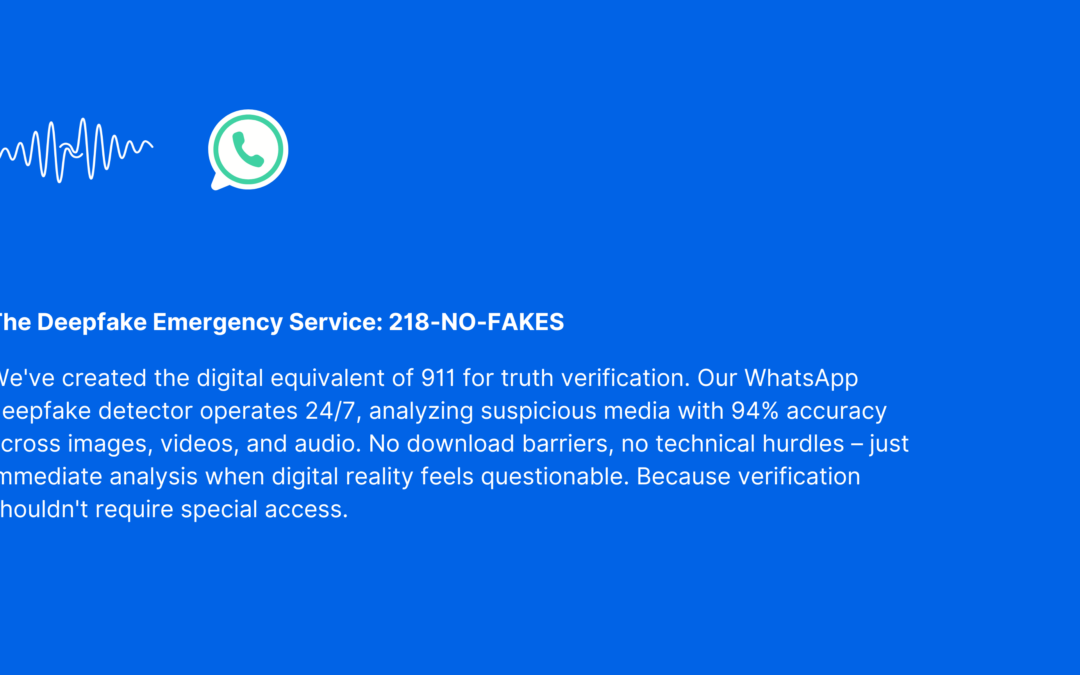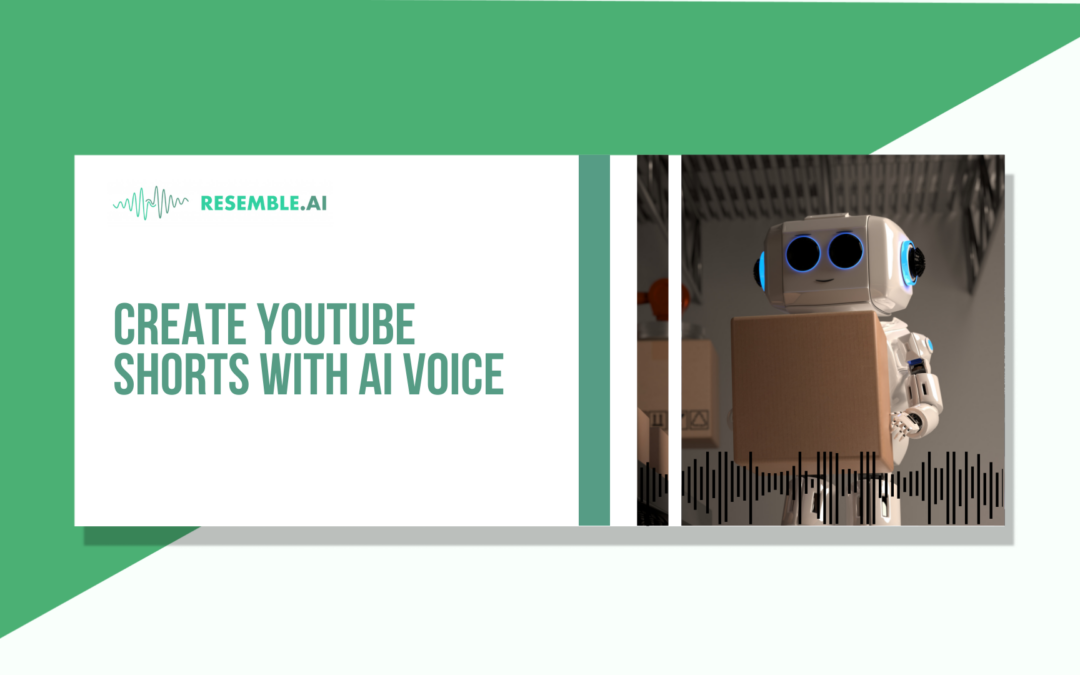You know that moment when a show drops in five countries at once and somehow feels native in every single one? That’s not magic, it’s dubbing. Slick, smooth, and often totally unnoticed, dubbing is what makes stories travel without losing their soul, and now, AI is giving it a major upgrade. The AI dubbing tools market alone was valued at $783 million in 2023, and it’s on track to hit $1.88 billion by 2030, growing at a rapid pace of 14.2% CAGR.
It’s not just translating lines, it’s rewriting emotion, syncing performance, and rebuilding voice from the ground up. Over 60% of viewers worldwide prefer watching localized content in their native language, and if you think dubbing is just someone reading a script in another language, buckle up. The process behind it is layered, technical, and way more creative than most people realize.
What is Dubbing?
Dubbing is the process of replacing the original spoken dialogue in a video with a translated version performed by voice actors. The goal isn’t just to say the same words in a different language; it’s to make the viewer feel like the content was made for them. That means matching the emotion, timing, and delivery of the original performance, so nothing feels off or out of place.
Why is dubbing more than just “talking over a video”?
- It’s a full replacement of the original voice, not just an overlay
- Voice actors perform the lines with intent, so the emotional weight of a scene stays intact
- The translated audio is timed to match lip movement and scene pacing, making it feel native to the screen
Top 5 Benefits of Dubbing
Here are the benefits of dubbing:
- Enhances Accessibility for Visually Impaired Audiences: Dubbing helps make audiovisual content more inclusive by allowing people who have difficulty reading subtitles to fully engage with the story through sound alone.
- Increases Viewer Retention and Engagement: When audiences can listen in their native language, they’re more likely to stay focused, emotionally invested, and watch through to the end, especially in fast-paced or emotionally intense content.
- Strengthens Brand Consistency Across Regions: Dubbing allows creators and companies to maintain a unified tone and brand voice, even as they adapt content for different languages and cultures.
- Boosts Monetization and Market Reach: By removing language as a barrier, dubbing unlocks access to global markets, leading to higher revenue potential across regions that prefer localized content.
- Reduces Cognitive Load for Audiences: When people don’t have to read subtitles, especially in educational or dense narrative content, it frees up mental bandwidth for understanding tone, emotion, and nuance.
Also read, how you can grow your YouTube subs with dubs, localize in 120+ languages
How the Dubbing Process Works: Step-by-Step Guide
So, once the decision is made to dub a piece of content, where does it all start? It’s not just a matter of hitting record and talking over the video. There’s a whole sequence involved, and each step has its own job to do.
Step 1. Script Translation
First up, the original script needs to be translated. Not word-for-word because literal translation never works in dubbing. The translation has to capture the meaning, tone, and context of the original dialogue.
Step 2. Adaptation for Lip-Sync
Once the basic translation is done, the script goes through adaptation. This step is all about adjusting the translated lines so they match the lip movements and timing of the original characters, especially in live-action content.
Step 3. Voice Casting
Now comes the fun part: choosing the voice actors. The goal is to find voices that match the tone, age, and personality of the original characters.
Sometimes it’s not just about matching the sound, but also the energy. A character who’s sarcastic in the original can’t suddenly sound monotone or overly dramatic in the dubbed version; it would completely change the vibe.
Step 4. Voice Recording
Once the cast is locked in, it’s time to hit the studio. Each voice actor records their lines, typically while watching the original scene on screen.
Step 5. Sync and Edit
After recording, the technical team steps in. This part is about syncing the new voice track with the video. Any small misalignment in timing or emotion is adjusted here.
Step 6. Final Mixing
Now that everything’s in sync, the final audio mix is done. This includes balancing the voices with background music and sound effects so that nothing feels off.
Step 7. Quality Check
Last step: review. The full dubbed version is checked for errors, awkward timing, or anything that feels unnatural. If something sticks out, it goes back for revision. Otherwise, it’s good to go.
6 Common Types of Dubbing
When it comes to dubbing, it’s not a one-size-fits-all deal. There are different types, each with its own unique approach depending on the content. Let’s go over some of the common types.
1. Full Dubbing
This is the kind of dubbing most people are familiar with. It involves replacing the entire audio track with a new language version. Think of it like when you watch a foreign film, and every piece of dialogue is in your language. The goal here is to make the audience feel like they’re watching the original, just in a language they understand.
2. Lip-Sync Dubbing
This one is focused on matching the new voice to the character’s lip movements. It’s most common in live-action films. When you’re watching a dubbed movie, you don’t want to see the character’s mouth moving out of sync with the dialogue, right? That’s where lip-sync dubbing comes in.
3. Voiceover Dubbing
Voiceover dubbing doesn’t require perfect lip-syncing. Instead, it’s about making sure the new voice conveys the same emotions as the original. This type is often used in documentaries, news segments, or sometimes even in animated features.
4. Re-voicing
Re-voicing is different because it doesn’t involve translating content into another language. Instead, it’s about modifying or reinterpreting an existing voice. This could happen if an actor’s original performance didn’t capture the right emotion or if there were technical issues with the sound quality.
5. ADR (Automated Dialogue Replacement)
ADR is often used to fix poor-quality audio. If there’s background noise or a sound issue in a film, the actors might come back into the studio and re-record their lines. It’s all about improving the quality of the dialogue, and it can sometimes be combined with dubbing when the original track just isn’t good enough.
6. Simul-Dubbing
Simul-dubbing is a bit of a newer trend, especially in animation and gaming. The idea is to dub the content in real-time as it’s being watched. This is often used for shows that air in multiple countries almost simultaneously.
Applications of Dubbing
- Film and TV: Dubbing is used to make content accessible in different languages without relying on subtitles, especially in dramas, thrillers, and comedies where emotion matters.
- Animation and Anime: It helps younger audiences enjoy stories in their native language and makes character voices match local humor, slang, and tone.
- Video Games: Games use dubbing to create immersive experiences, especially in narratives where players need to connect emotionally with the characters.
- Documentaries and Non-Fiction: Voiceovers are dubbed in to keep the flow of information clear and natural, without distracting the viewer with mismatched lip movements.
- E-learning and Online Courses: Educational content is dubbed to increase understanding, especially in complex topics where learners need to focus on the material, not just reading subtitles.
Check out this YouTube video on how to dub your voice through Resemble AI
The Smarter Way to Localize: Meet Resemble AI
Resemble AI is a popular dubbing platform that uses AI to generate natural-sounding voiceovers in multiple languages. It helps creators, businesses, and studios localize their content faster, without sacrificing voice quality or emotional tone. Instead of recording everything manually, teams can generate lifelike voices that sync well with visuals and context.
Key Features of Resemble AI
- Voice Cloning: Let’s users replicate any voice, either synthetic or based on real recordings, with realistic emotional expression.
- Real-Time Generation: Speeds up the dubbing process by generating voiceovers instantly, especially useful for fast-paced projects or tight deadlines.
- Multi-Language Support: Supports dubbing in over 120 languages, making it easy to localize content for global audiences.
- Emotion Control: Allows users to fine-tune how a line is delivered, adding excitement, calmness, or urgency based on the scene.
- Text-to-Speech with Context: Goes beyond basic TTS by adapting delivery based on the script’s tone, not just reading words flatly.
- Integration Options: Can be plugged into existing workflows through APIs, making it easier for teams to scale dubbing across different projects.
Conclusion
Dubbing isn’t just about translating words; it’s about opening doors. It helps stories travel, connect, and feel at home no matter where they land. With AI stepping in and reshaping how dubbing works, the future is looking sharper, faster, and way more effortless. For creators, it’s not just a tool; it’s a bridge to global audiences and cultural exchange.
If you’re ready to take that leap, Resemble AI makes it incredibly easy to scale your content across languages. With hyper-realistic AI voices and real-time dubbing capabilities, it handles the technical side so you can focus on telling the story. Whether you’re a creator, brand, or studio, this is your gateway to multilingual, emotionally resonant storytelling.
Start dubbing smarter with Resemble AI, explore the platform, and bring your stories to life in every language.





